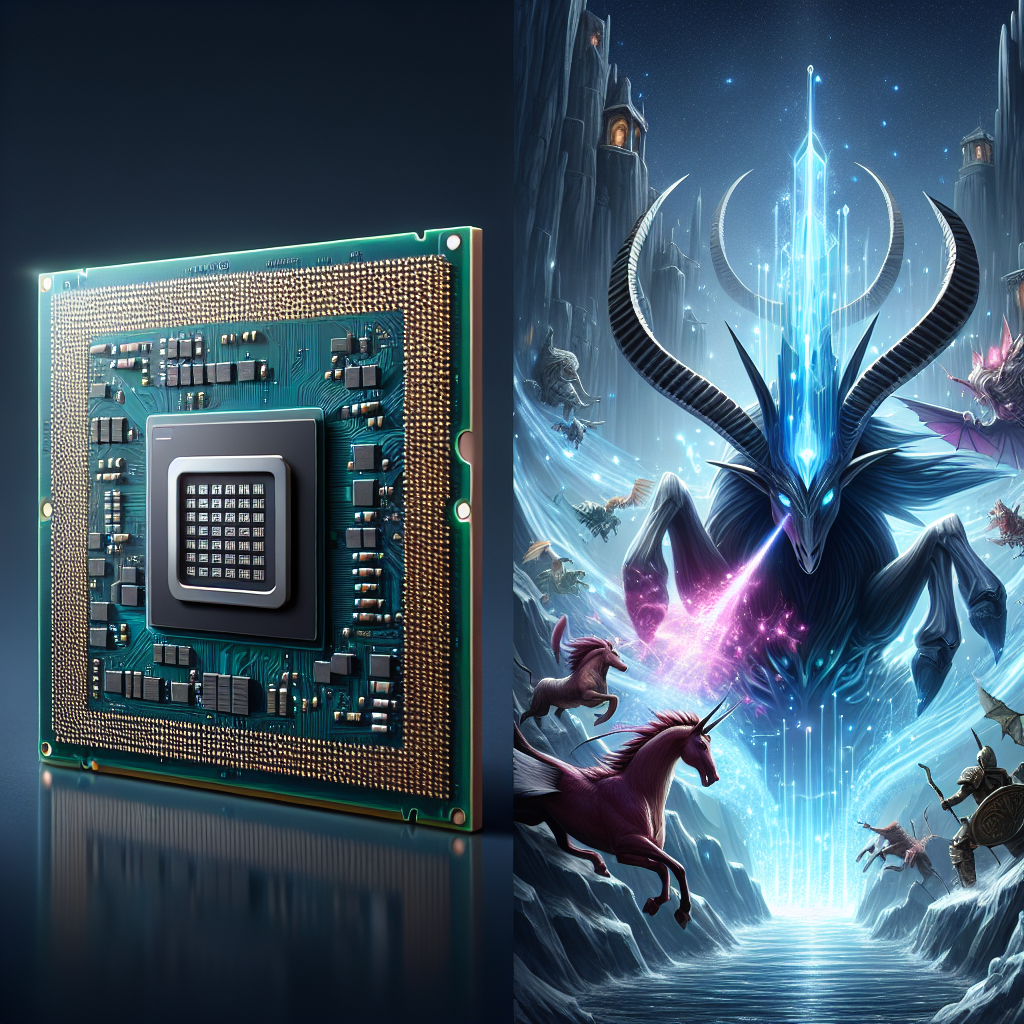
How do CPUs with 3D V-Cache technology enhance gaming performance?
In the fast-evolving world of computer hardware, CPU technologies are constantly advancing, aiming to boost performance for various applications, especially gaming. One of the groundbreaking innovations in this realm is the 3D V-Cache technology. By stacking additional cache memory vertically atop the CPU die, 3D V-Cache promises faster and more efficient data retrieval, leading to significantly enhanced gaming performance.
Understanding 3D V-Cache Technology
3D V-Cache technology involves a sophisticated method of stacking additional cache layers on top of the CPU die, thereby increasing the amount of cache available without enlarging the CPU’s physical footprint. This technique is a leap from traditional 2D scaling methods, allowing more cache to be added without the constraints of surface area.
How It Works
In conventional CPUs, data must travel between different layers of the processor for execution, which incurs delays. 3D V-Cache reduces these delays by bringing the cache closer to the execution cores. The proximity ensures that data can be accessed and processed more quickly, minimizing latency and exponentially boosting performance.
Advantages Over Traditional Cache
- Reduced Latency: Data fetch times are significantly lowered, resulting in faster processing.
- Higher Bandwidth: Increased cache means more data can be quickly accessed and processed simultaneously.
- Energy Efficiency: Shorter data paths reduce energy consumption, optimizing overall performance.
Impact on Gaming Performance
Gamers crave high-speed performance, low latency, and smooth gameplay, all of which can be dramatically improved by 3D V-Cache technology. Let’s explore in detail how this technology enhances gaming:
Faster Load Times
Video games, especially AAA titles, are becoming increasingly complex and data-heavy. Faster load times facilitated by reduced data-fetch latency ensure that games load quicker, reducing wait times and enhancing player experience.
Improved Frame Rates
Frame rates are crucial for smooth gameplay. Higher cache availability ensures that more data can be processed in real-time, leading to a higher frame rate and reduced stuttering. Games appear more fluid, offering a more immersive experience.
Enhanced Multi-Threading
Many modern games utilize multi-threading, where multiple processor cores handle different tasks simultaneously. The additional cache allows these threads to access the required data more quickly and efficiently, optimizing performance for multi-threaded gaming.
Better AI and Real-Time Computations
Advanced gaming titles use AI for NPC behavior and real-time computations for physics and graphics rendering. The enhanced processing capabilities provided by 3D V-Cache allow for more complex and smarter AI, along with real-time physics calculations, making games more realistic and engaging.
Comparison of CPUs with and Without 3D V-Cache Technology
The following table compares a traditional CPU with one that utilizes 3D V-Cache technology, highlighting the improvements:
| Aspect | Traditional CPU | 3D V-Cache CPU |
|---|---|---|
| Cache Size | Up to 64 MB | Up to 192 MB |
| Latency | 15-20 ns | 5-10 ns |
| Frame Rates (fps in AAA games) | 60-90 fps | 90-120 fps |
| Load Times (seconds for AAA games) | 10-20 seconds | 5-10 seconds |
Current and Future Trends
The current market for CPUs equipped with 3D V-Cache, such as AMD’s Ryzen series, is showcasing promising results, and data suggest a shift towards these more advanced processors in gaming PCs. Moreover, the gaming industry, always on the lookout for technologies that offer competitive advantages, is expected to gradually adopt these advancements.
Potential for Further Development
3D V-Cache technology is still in its early stages. Potential future improvements could include even greater cache density, reduced manufacturing costs, and even more energy-efficient designs. These advancements will likely push the boundaries of CPU performance further, cementing 3D V-Cache as a crucial component in the future of gaming hardware.
Beyond Gaming
While the most apparent benefits of 3D V-Cache technology are seen in gaming, this innovation also holds promise for other computationally intensive tasks such as video editing, data analysis, and AI research. The broader implications could redefine performance standards in multiple industries.
Conclusion
3D V-Cache technology is a significant leap forward in CPU design, offering compelling benefits for gaming performance. By reducing latency, increasing bandwidth, and improving energy efficiency, it paves the way for a more immersive and responsive gaming experience. Its potential to transform not just gaming but other intensive computing tasks makes it a remarkable innovation with a promising future.
